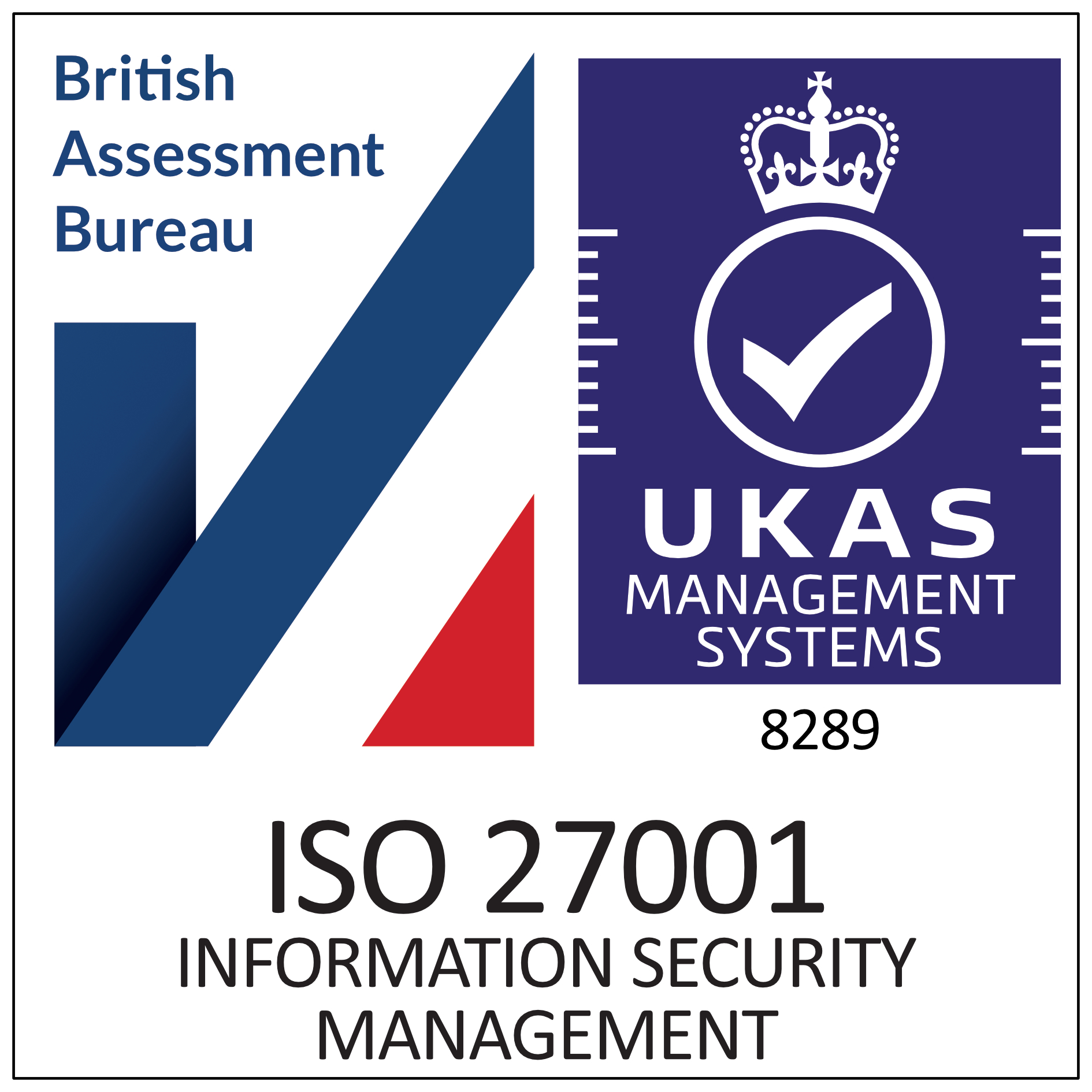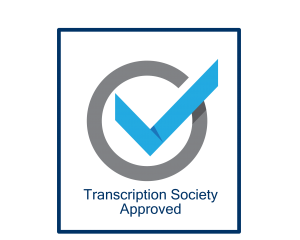Transcription work is tiring, time consuming and hard work. It has been described as mind-numbing, torturous and painful by professional transcribers themselves. Using a professional transcription service of course costs money. If you are unable to afford the cost of a professional transcriber you will have to consider doing the work yourself. Here is our guide on how to undertake transcription work yourself.
Automated Transcription – Option 1
Firstly, you could consider using one of the automated transcription services using artificial intelligence to transcribe your work. There are free services out there, and rather than include these in the article, because the terms of each website change from time to time, simply search for free automatic transcription on Google and you should get a few choices.
It appears most of them run off a new piece of Amazon developed transcription software which is a partly free or low cost option for developers to use and appears to be the market leader when it comes to artificial intelligence transcription.
Automated Transcription is Not Accurate
Bear in mind when using an automated transcription that it is, at the moment, not accurate enough for it to be much use to anybody other than straightforward dictation. For example, the University of Oxford has issued express guidelines and instructions to its staff and students not to use automated transcription, because the accuracy levels and the security are not sufficient to meet the university’s requirements. However, if you decide to use it, it will give you a basis to work from when you come to do your own transcription.
Multiple Speakers or Background Noise? Forget Automated Transcription
Automated transcription will be no use whatsoever if you have a focus group, you are interviewing anybody where the speech is not straightforward and slow, or where you have recorded it in a room with any background noise. However it can be very useful as a starting point for transcribing if you are typing up a recording of a single voice in a quiet room.
Manual Transcription – Option 2
Secondly, you could download some transcription software, grab a pair of headphones or speakers and crack on and do the work yourself.
Time Needed – Rule of Thumb
The considered time for it to take is for every one hour of recording you will need about four hours in order to be able to transcribe it. This is the accepted rule of thumb in the transcription industry and relates specifically to straightforward one to one interviews with very little background noise.
Transcription Software
If you want to be able to transcribe easily, we would recommend the NCH Express Scribe software as it is free to use and very straightforward. Simply visit the NCH website and download Express Scribe. You open the software, load your audio recording (which needs to be saved already somewhere on your computer), wait for it to appear in the list of recordings and then press play.
You can transcribe straight into Express Scribe and it will add in extra bonus items such as time stamping. You can speed up and slow down the recording and also boost certain frequencies. It is by far the best transcription software currently on the market, particularly as it is free of charge to use the basic version.
If you are trying to transcribe video files then you will need the Pro version of Express Scribe, but again it is not particularly expensive and works in exactly the same way as the free version.
Typing Speed – Rapid Velocity Needed
In order to do your own transcription you will need to be able to type very accurately and quickly. A quick rule of thumb test would be that if you cannot type without looking at your keyboard you will probably not be able to undertake your own transcription work. If you need to learn to type then we would recommend taking a look at our typing tutorial and tests review article here, which will show you a few options for sites online.
In order to do your own transcription you probably need a typing speed of over 50 words per minute, as otherwise it is going to take you, quite literally, many hours to complete your transcription work.
So assuming you have downloaded Express Scribe and got your headphones on ready to listen to the recording, now all you need is time put aside in order to complete the work.
Time is Money (and Better Things to Do)
In order to transcribe one hour of one to one interviews recorded in a quiet environment, you will probably need about four hours of your time available to get an accurate transcription completed, and then to listen through again to ensure it is correct.
Focus Group or Interview with Background Noise
If you are trying to do a focus group, an interview where the speech is difficult to recognise or lots of background noise, you will probably need to allow for between six and seven hours to do the work.
You have the advantage of course that if you do the work yourself having been present or one of the speakers you will have the added bonus that most professional transcribers do not; of knowing what a lot of the terminology is.
Terminology Bonus
We sometimes get calls from indignant clients to know why we have marked something as unclear when a transcriber has not been able to pick out a word.
When our management team have reviewed the recording we have found it to be virtually impossible to hear the word that has been said, but of course because the person listening to it knows exactly what that word is having been present, it almost seems inconceivable that a third party listening to it, particularly as a professional, is not able to hear the word that is clearly spoken.
This is one advantage you have over the likes to TP Transcription Limited, in that you are able to identify these words when you sit and transcribe it yourself.
Double Checking for Accuracy
Once you have finished transcribing, it’s always important to go back through and listen to is and double check it for accuracy. This will probably take you about an extra hour, so not too onerous at all.
Summary – is DIY Transcription Cost Effective?
So if you have the time to spend doing your own transcription, this is the most efficient and cost effective way of doing it. You will also speed up as time goes on; most of our transcribers will take a lot longer on recordings initially as they get used to the voices and the terminology, particularly when they’re working on ongoing projects and getting used to listening to the same voices with the same terminology.
We often get emails from clients who have started working through their recordings, but after usually about an hour of typing they decide that it has taken too long already and it is eating into time that could be spent more productively on other things. It is quite often at this point we get an email asking us to step in and help.
Happy to Help
We are of course happy to deal with any queries you may have if you are trying to do the transcription yourself. If you want to ask us any questions at all regarding techniques for transcribing, layouts or anything else, please drop us a line using our contact page.









